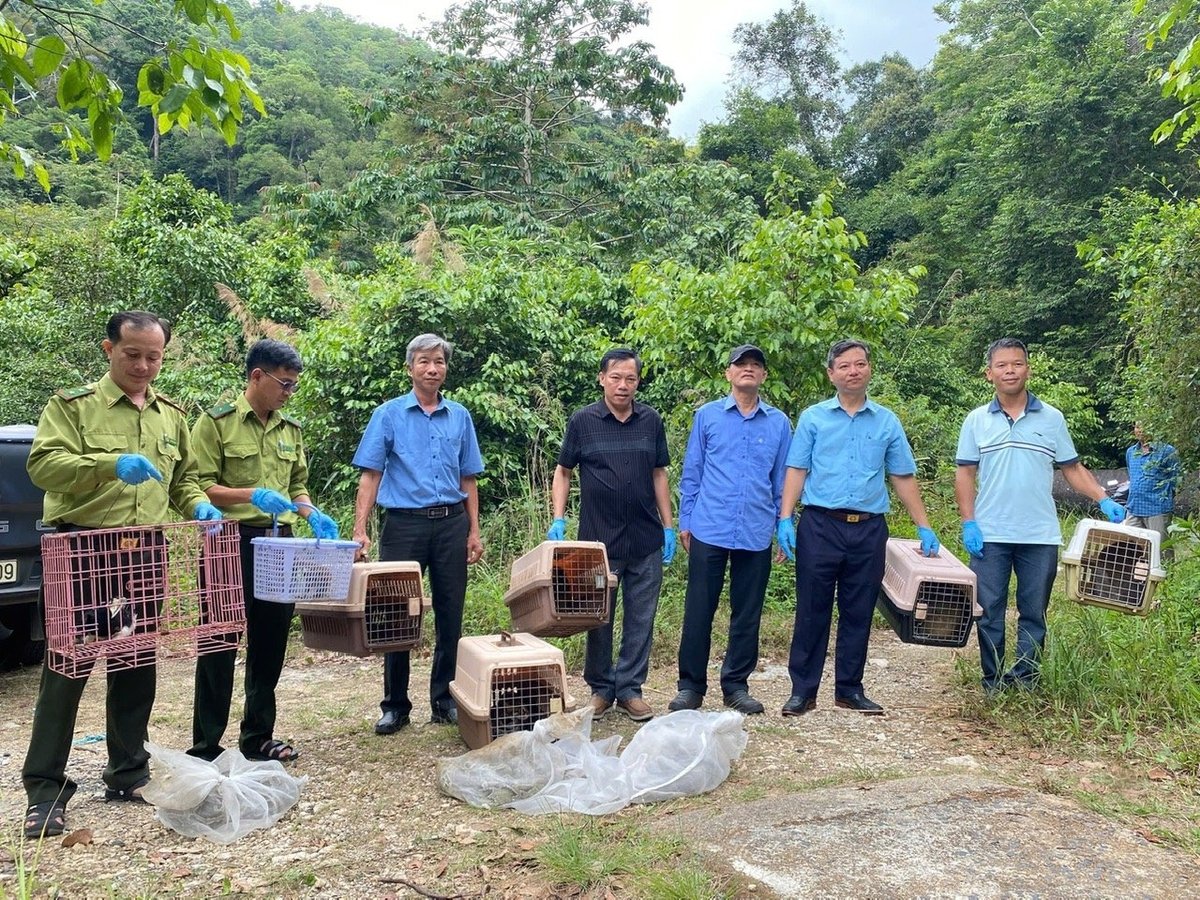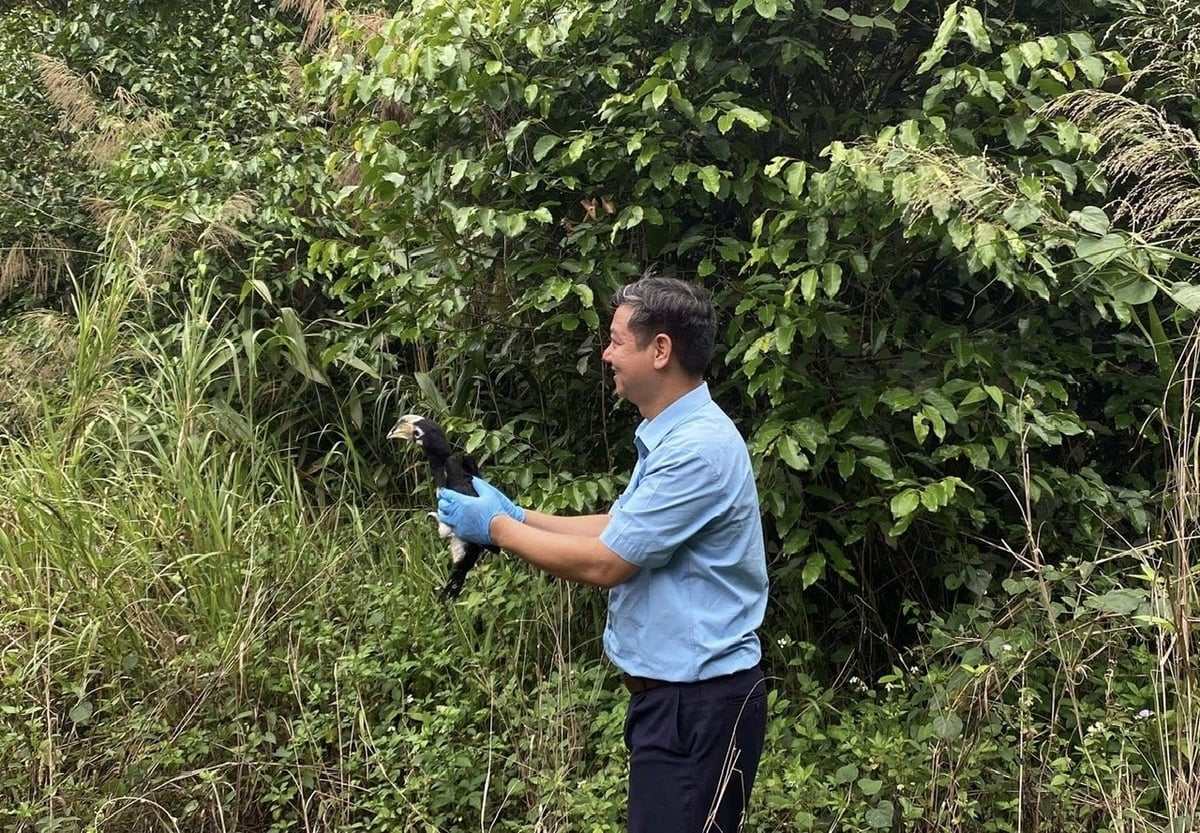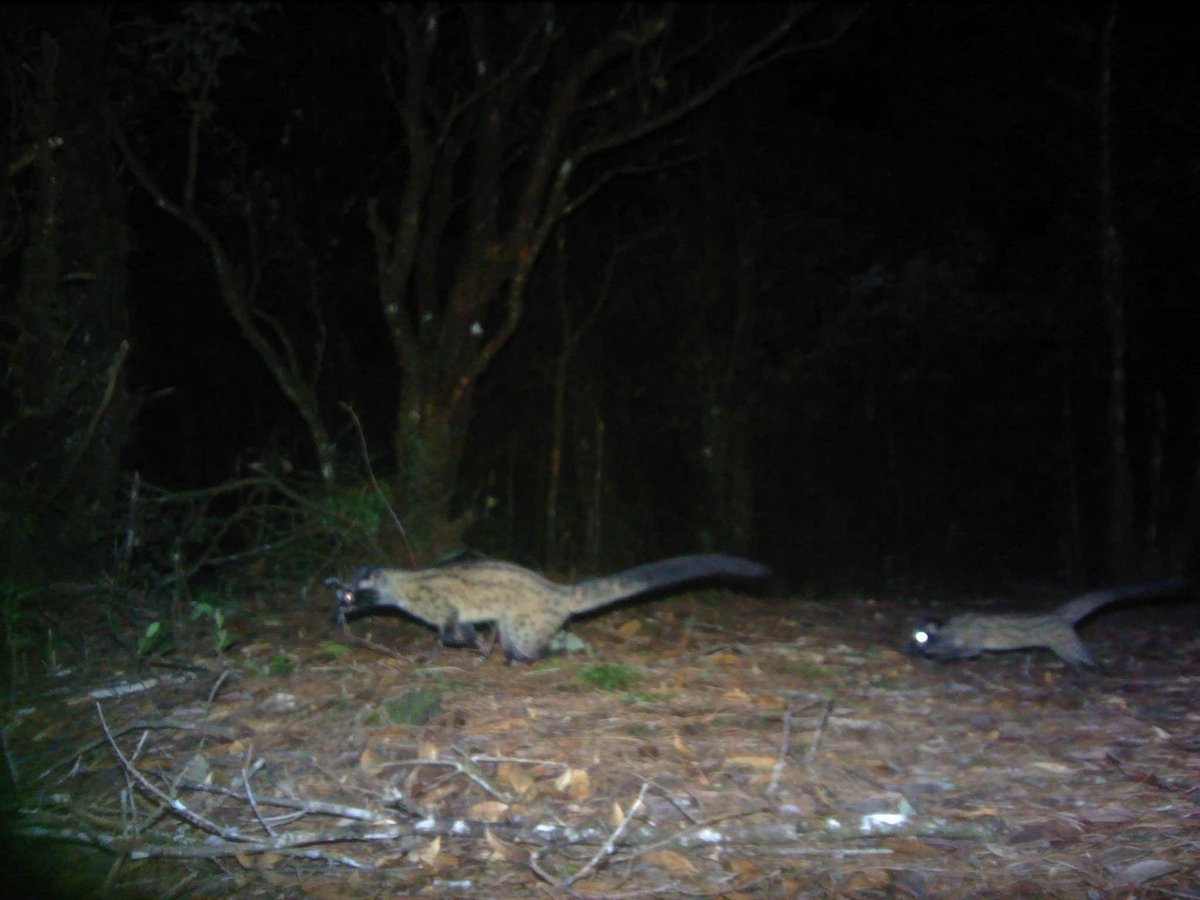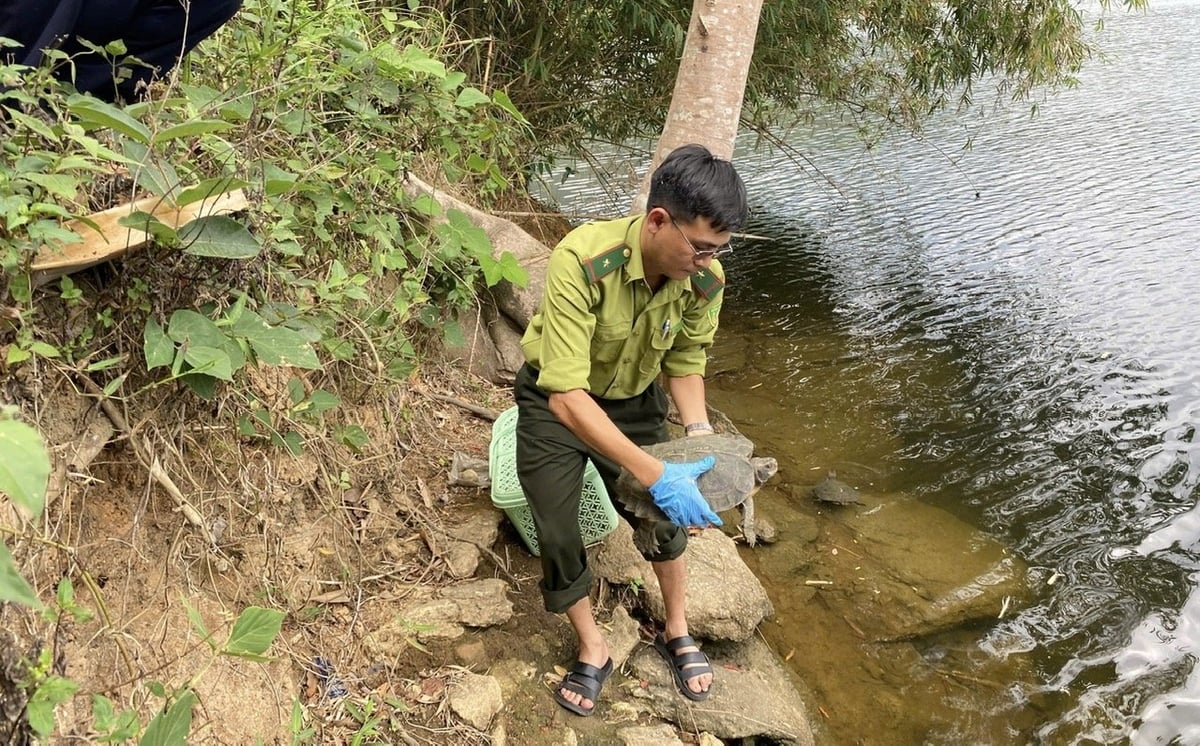October 31, 2025 | 13:10 GMT +7
October 31, 2025 | 13:10 GMT +7
Hotline: 0913.378.918
October 31, 2025 | 13:10 GMT +7
Hotline: 0913.378.918
At present, Chu Yang Sin National Park is responsible for the management and protection of more than 59,484 hectares of forest. Of this, over 40,000 hectares are designated for forest protection contracts with 176 household groups, which consist of 1,485 households in 26 localities across seven communes.
The park has frequently collaborated with forest rangers, contracted local communities, and local authorities to coordinate over 210 multi-day forest patrols and over 1,670 daily inspection trips annually in order to protect biodiversity and conserve rare plant and animal species.

Chu Yang Sin National Park establishes annual plans, constructs firebreaks, conducts training sessions, and prepares all essential equipment for fire response in order to prevent and control wildfire.
In addition, 10 checkpoints and ranger stations have been established along critical routes, forest margins, and border zones to regulate illegal forest entry. The park establishes annual plans, constructs firebreaks, conducts training sessions, and prepares all essential equipment for fire response to prevent and control wildfires.
Loc Xuan Nghia, the Director of Chu Yang Sin National Park, stated that the management team monitors a variety of wildlife species, including the grey-shanked douc langur, large-antlered muntjac, pygmy slow loris, crested argus, white-crested pheasant, great hornbill, and northern linsang, in order to conserve endangered and rare species within the park. "In addition, we partner with international organizations such as WWF and WCS to map habitats, understand behaviors, and assess population status. We also intensify outreach to discourage hunting, trapping, and wildlife trade”, said Loc Xuan Nghia.

Loc Xuan Nghia, the Director of Chu Yang Sin National Park, stated that the management team monitors a variety of wildlife species, including the grey-shanked douc langur, large-antlered muntjac, etc.
Between 2024 and July 2025, Chu Yang Sin National Park rescued, rehabilitated, and released more than 74 wild animals that were either confiscated or kept in captivity, thereby contributing to the conservation of valuable genetic resources. The park also maintains a close relationship with local authorities, enforcement agencies, and neighboring national parks to improve the preservation of the forest.
Workshops, mobile media units, community radio transmissions, forest law awareness contests, and the integration of conservation topics into local school curricula are all employed to promote awareness-raising campaigns and enhance environmental awareness among youth and local communities.
“As a result, we have curbed forest exploitation and encroachment, protected areas of natural forest, strengthened community awareness and responsibility, especially among households under forest protection contracts, and successfully conserved several rare species while preserving habitat and biodiversity”, Nghia added.
These endeavors have also contributed to promoting ecotourism, which has attracted visitors to explore the forest and conquer Mount Chu Yang Sin. The initiatives have effectively preserved numerous uncommon species and their natural habitats while reinforcing community responsibility.
However, challenges remain. Nghia emphasized that the park's broad area and varied terrain, which includes numerous access locations, make patrolling and monitoring extremely difficult. Additionally, the ranger force is currently understaffed, as the demand for conservation and law enforcement skills has not yet been met.

The Park partners with international organizations such as WWF and WCS to map habitats, understand behaviors, and assess population status.
The lack of legal awareness and education among certain residents, particularly ethnic minorities living in poverty, is one of the most pressing issues. This increases the reliance on forest resources and results in illegal harvesting for subsistence.
“The illegal use of natural timber, especially precious woods, remains common, placing intense pressure on the forest. Another difficulty arises from market-driven economic behavior, where rising material needs and the high value of forest products push some people to breach regulations. The profits from logging and wildlife trafficking fuel forest intrusions, while enforcement efforts still face shortcomings,” Nghia said.
Additionally, people living in buffer zones have limited awareness of forests' environmental value. Forest encroachment is worsened by the increasing demand for timber and land for cultivation, which further complicates forest management and conservation efforts.
Illegal land occupation by migrants is a particularly important issue. This situation is expected to worsen once the Truong Son Dong Road is completed, increasing risks of poaching, illegal logging, forest fires, and forest clearing for settlements and agriculture.

The park prioritizes sustainable livelihood development by encouraging the cultivation of medicinal plants, agroforestry, and eco-tourism.
"However, forest protection and conservation policies continue to be inadequate. The funding available to support buffer zone villages is insufficient to foster sustainable livelihoods. Penalties for households or communities that permit deforestation or encroachment under their contracts are inadequate. Forest protection income is still low, failing to motivate long-term community engagement”, Nghia noted.
To confront these obstacles, the management unit has increased patrols and control measures, implemented equipment such as drones, camera traps, and early warning systems, and increased public outreach. Education programs incorporate conservation content, and communication initiatives are implemented consistently.
Additionally, the park prioritizes sustainable livelihood development by encouraging the cultivation of medicinal plants, agroforestry, and eco-tourism. It seeks to expand international cooperation, learn from best practices, and attract financial and technical support. Additionally, endeavors are underway to improve scientific research, update biodiversity databases, and implement GIS and remote sensing technologies for conservation purposes.
"Our conservation initiatives have yielded substantial outcomes in the areas of flora and fauna protection, natural resource protection, community livelihood support, and sustainable development. However, to sustain and advance this work, we must continue implementing comprehensive solutions, strengthen cross-sector coordination, and link conservation with livelihood development and climate change adaptation”, Loc Xuan Nghia concluded.
Translated by Linh Linh

(VAN) This was the directive from Ho Chi Minh City People's Committee Chairman Nguyen Van Duoc regarding efforts to combat IUU fishing, especially ahead of an EC inspection delegation arriving in November.

(VAN) Using soil nutrient maps on mobile phones allows farmers to proactively manage field conditions and apply optimal farming practices.

(VAN) The collaboration between local agricultural extension forces and businesses is the foundation for effectively implementing the one-million-hectare high-quality, low-emission rice project.

(VAN) Minister Tran Duc Thang affirmed that the Ministry of Agriculture and Environment remains steadfast in its goal of green and sustainable development, laying the foundation for double-digit growth in the 2026-2030 period.

(VAN) Sustainable rice production requires a comprehensive soil management strategy, the application of technology, value chain linkages, and integrated economic, social, and environmental solutions.

(VAN) Kim Anh commune (Hanoi) is shifting to biosecure livestock farming to improve product quality and increase sustainable economic value.

(VAN) Early on October 30, all relief supplies from the Russian Federation arrived at Noi Bai Airport and immediately transported to Hue City during its peak of the flooding.